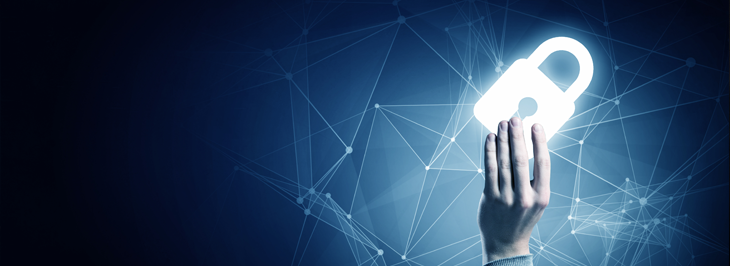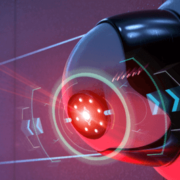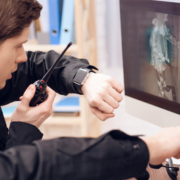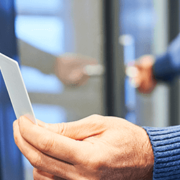5 steps to better physical security in your business
Hackers from across the world aren’t the only cause of data breaches. In fact, many data breaches can originate from inside your physical building.
Whether a rogue employee gains access to something they shouldn’t see or a random passerby walks out with a company device, the threat of a data breach surpasses the digital world all the time.
Because of this, it’s important to wrap physical security into your overall cybersecurity strategy. To help steer you in the right direction, here are a few good pieces to start with.
1. Entry control systems
If anyone can walk in off the street and gain access to your data storage, you’ve made it too easy for data thieves. Installing access control points is the first step in any security protocol. Having a gated entry or a manned security desk is one way to avoid security issues.
2. Access points
Even if employing guards is beyond your budget, installing cameras probably isn’t. Depending on the number of cameras needed, the average cost can be around a couple hundred dollars a month. When compared to the cost of a data breach, that is a tremendous bargain.
3. Employee badges
Employee badges don’t just restrict access to specific areas, they also give you more insight into where each employee travels during the workday. Installing badge-controlled access points allows you to restrict highly secured points — like your servers — to solely IT staff. For other employees, the data collected can be used to streamline operations and workflow based on movement patterns. The benefits go beyond securing your premises.
4. Motion sensors
Installing motion sensors in sensitive areas is a smart security upgrade. If no one should be in that location, you’ll want a notification if there is movement. It’s an automated and intelligent way to remain in the loop.
5. Smart locks
Even with badge-controlled access at various points, you may have some areas that need extra controls. Smart locks are a great way to get that extra control without spending a lot on building improvements. Smart locks can respond to a controlling device or be manually controlled with biometrics or a code input. No matter what method you use, an extra lock on your most sensitive data is always a good idea.
Final thoughts
Securing your digital footprint with highly sophisticated systems and encryption is a must when doing business online, but failing to include the physical element can leave you just as vulnerable.
While online hacks tend to get the most attention, the most common type of data breach is physical. As more businesses adopt leading-edge tech security, a rollback to the low-tech breaking-and-entering may be the next wave in data breaches. Protect your proprietary information with both digital and physical fences.









